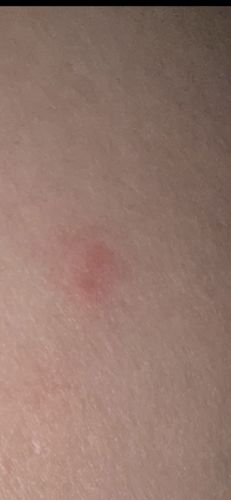Mosquito (Mosquito Bite)
Scientific Name: Various genera, including Anopheles, Aedes, Culex
Order & Family: Order: Diptera, Family: Culicidae
Size: 3-9 mm (adults)

Natural Habitat
Mosquitoes are found worldwide in various habitats, especially near stagnant or slow-moving water bodies (ponds, marshes, puddles, containers, tree holes) where they lay their eggs. Adults prefer sheltered areas with vegetation.
Diet & Feeding
Female mosquitoes feed on blood (hematophagy) from humans, other mammals, birds, and sometimes reptiles and amphibians, for egg production. Both male and female mosquitoes feed on nectar and plant juices for energy.
Behavior Patterns
Mosquitoes are most active during dawn and dusk but can bite at any time. Females require a blood meal to produce eggs, which are laid in or near water. Males feed on nectar and do not bite. They undergo complete metamorphosis with egg, larval, pupal, and adult stages.
Risks & Benefits
Risks: Mosquitoes are significant vectors of numerous diseases, including malaria, dengue fever, Zika virus, West Nile virus, chikungunya, and yellow fever, causing millions of deaths annually. Their bites can also lead to irritating itchy welts and allergic reactions. Benefits: Mosquitoes play a role as pollinators for some plants and serve as a food source for other animals like birds, bats, fish, and dragonflies, contributing to food webs.
Identified on: 9/4/2025